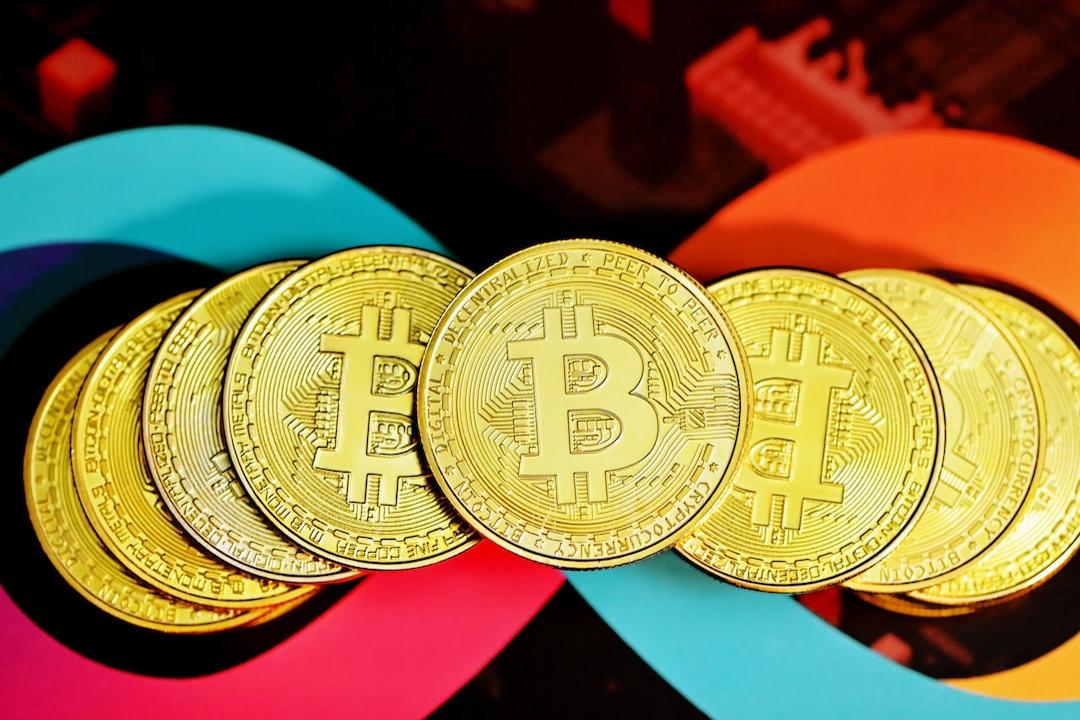Roles and resources required for smart contracts to become an integral part of the internet operation.
Ryan: The analogy of “digital oil” is very powerful. It emphasizes the practicality and necessity of ether, drawing a comparison between ether and the role of oil in the economy. This narrative helps convey the idea that as more applications and transactions occur on Ethereum, the demand for ether will also increase, much like industrial activities drive the demand for oil. It is a simple and easy-to-understand metaphor that effectively communicates the utility of Ethereum to a wide audience.
David: I agree. “ETH is digital oil” captures the core role of ether in the Ethereum ecosystem. It is a familiar and easily understandable analogy that makes it a strong narrative to explain the value proposition of Ethereum, applicable to both cryptocurrency natives and newcomers. This narrative helps bridge the gap between complex blockchain concepts and everyday understanding.

David: Now, let’s discuss a narrative that may not be suitable for beginners but helpful for a deeper understanding: Ether as an “Internet Bond”. This concept is recognized within the crypto community but may be more complex for those new to Ethereum. Currently, the staking rate on Ethereum is approximately 3.2%. Staking ether means locking your assets in the network to earn this yield, similar to purchasing bonds.
This narrative likens ether to bonds in the DeFi context. This perspective suggests that staking ether is a low-risk income-generating activity in the crypto economy. However, this requires a fundamental understanding of DeFi and the role of ether within it.
Ryan: I like this narrative because it clearly distinguishes Ethereum from Bitcoin. Staking ether provides yield, similar to sovereign bonds, with the global sovereign bond market valued at around $70 trillion. Comparing Ethereum to a country and staking it to bond yield helps explain the unique value proposition of Ethereum. This analogy is very effective for those deeply involved in cryptocurrencies who understand how Ethereum secures property rights.
However, this narrative may be challenging to understand for traditional financial audiences and first-time ether buyers. Currently, Ethereum ETFs do not offer staking yields, meaning investors can only gain the asset itself without the associated staking rewards.
David: Right. For those familiar with government or corporate bonds, referring to ether as “Internet Bonds” may be confusing. Without extensive background knowledge, it’s difficult to explain why ether functions similarly to bonds in a decentralized network.
Ryan: Indeed. For traditional finance professionals, the term “bonds” implies secure, interest-bearing assets issued by governments or companies. Explaining Ethereum’s staking mechanism requires a significant amount of foundational knowledge, making this narrative challenging for those unfamiliar with cryptocurrencies.
David: While the analogy of ether as Internet Bonds resonates within the crypto community, it demands too much prior knowledge for a broader audience. It’s a nuanced concept best suited for those already familiar with Ethereum and decentralized finance.
David: The penultimate narrative to discuss is “Programmable Money”. This narrative was introduced by Eric @econoar in 2019, emphasizing Ethereum’s capabilities in smart contracts. If Bitcoin is digital gold, then Ethereum is programmable money. It positions Ether as a dynamic, feature-rich asset. This narrative is concise and effective, highlighting the programmability lacking in Bitcoin.
Ryan: Although the narrative of “Programmable Money” is appealing, it lacks depth in conveying the full potential of Ethereum. It doesn’t necessarily imply an operating system, app store, or platform. Without additional context, it might appear as a single asset with if-then statements, overlooking the richness of the Ethereum ecosystem. In my view, while the app store analogy isn’t entirely accurate, it feels more comprehensive and engaging.
David’s pitch: Ethereum, similar to Bitcoin but with added programmability, changes the rules of the game. This programmability makes Ethereum not just a scarce digital asset but a fully online digital economic platform. The programmability of Ethereum enables it to be a platform for financial applications, similar to how the App Store and Google Play Store are developer platforms for consumer apps. The Ethereum blockchain is a developer platform that allows the creation of consumer financial applications familiar to Wall Street, such as exchanges, banks, markets, lending services, and asset creation.
As Ethereum is an internet-based protocol, it has a global scale distribution like the internet. Applications on Ethereum are accessible to anyone with an internet connection, making these applications one of the most widely used and fastest-growing financial service applications in history. The demand for these on-chain applications generates $20 billion to $30 billion in revenue for the protocol annually, which is then transformed into stock buybacks for its native currency ETH. This significantly impacts the available supply of ETH in the secondary market, making it very sensitive to marginal demand. If you are optimistic about the growth and adoption of cryptocurrencies and blockchain technology, a Bitcoin ETF does not provide the exposure you need. What you need is an ETH ETF.
Ryan’s pitch: Bitcoin is just an asset, merely Bitcoin. Ethereum, on the other hand, encompasses all possible assets. Which is broader in scope: gold or all the assets in the world? Bitcoin is designed to protect one asset, Bitcoin itself, while Ethereum is a general platform aimed at protecting all other assets: stablecoins, loans, stocks, bonds, derivatives, everything in the financial realm. This is what “tokenization” is about. For example, Larry Fink stated that every stock, bond, and asset will be tokenized on a global ledger, but even he is thinking too small. Tokenization is not just about past assets; it’s about future assets—AI computations, personal data, social status, and celebrities, everything will be tokenized!
Ethereum is a global computing network used to tokenize and program any asset, adding property rights to the internet. While tokenization can occur on other platforms, Ethereum is positioned as the most powerful competitor driving the tokenization wave. With 100 million Ethereum holders and 100,000 developers actively contributing code, Ethereum has already processed more transactions than the Visa network, and this is just the beginning.
The cryptocurrency $ETH on Ethereum has investable economics, including algorithmic buybacks and dividend plans, bringing in billions of dollars in revenue for ETH holders annually. With the network’s expansion, this digital will only continue to grow. You can build a discounted cash flow (DCF) model for ETH just like any stock (e.g., NVIDIA). And because ETH is as secure and decentralized as Bitcoin, more and more people see ETH as a complementary store of value to Bitcoin. While Bitcoin has higher supply certainty, ETH pays dividends and presents monetary tightening while having the potential for the entire token economy to rise. Bitcoin is a position for investing in digital gold; Ethereum is a position for investing in everything else. I own both, but if I had to choose one, I’d choose the bigger one—I’d choose ETH.
David’s version:
Strengths: The pitch emphasizes Ethereum’s programmability and its role as a platform for financial app development, likening it to the App Store and Google Play Store. This analogy is very effective for a traditional finance audience familiar with tech platforms (TradFi). The concept of the internet economy built on Ethereum and the income generated from its applications is a powerful viewpoint.
Weaknesses: This pitch may be too technical for some traditional finance audiences unfamiliar with blockchain technology. The lack of simpler and more relevant terms like “tokenization” could be a missed opportunity.
Ryan’s version:
Strengths: The pitch effectively anchors Ethereum’s broad potential around Bitcoin, making it easier to understand. Emphasizing tokenization and its future applications paints a vision of Ethereum’s capabilities. The pitch also includes specific metrics like user and developer numbers and transaction volume, providing tangible evidence for Ethereum’s growth.
Weaknesses: The pitch may spend too much time on tokenization, potentially confusing the audience on this concept. While the phrase “everything else” is powerful, it may lack specificity in fully conveying Ethereum’s potential to traditional finance audiences.


